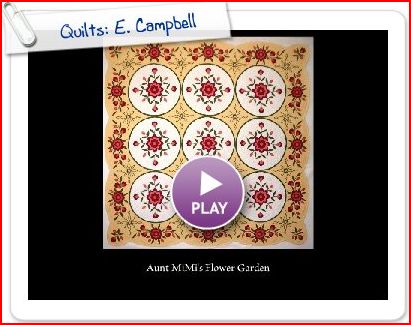 Elsie Campbell is not only a delight and a great teacher, she is a Master Quilter. See a sample of her quilts in a short slide show.
Elsie Campbell is not only a delight and a great teacher, she is a Master Quilter. See a sample of her quilts in a short slide show.
Click on the picture to go to the blog to start the show.
To see a promo of The Quilt Show episode with Elsie, Click Here.
Nina McVeigh of Bernina discusses decorative stitching. More and more quilts are using all the stitches they can.
Click on the picture to start the video.
Win a Book from C&T by Katie Pasquini.
Click on the picture to find out how to enter and see a great video on the new book.
Prewashing fabric is really an individual preference. Is the quilt a wall hanging or to be on a bed? Cut corners, pink the edges...
Click on the picture for Alex's approach.
Click here to go to the blog and give your opinion or see the comments of others.
It's Spring!! Show us your flowers that are coming up. Click on the picture to go to Show & Tell and see what's blooming.
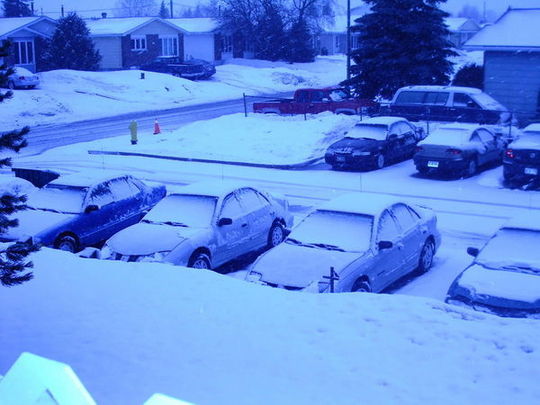
or show us what it looks like out your window right now.
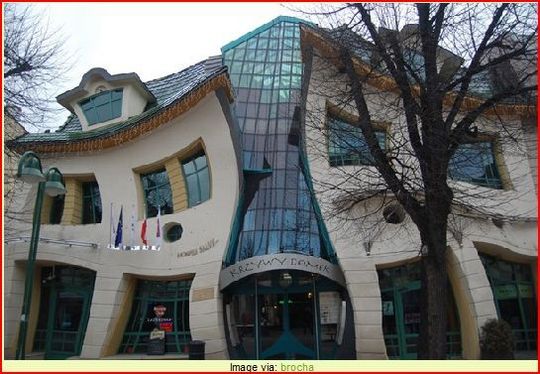 What's this??? No, the picture is not distorted! Come back tomorrow as we share fun things found on the web.
What's this??? No, the picture is not distorted! Come back tomorrow as we share fun things found on the web.


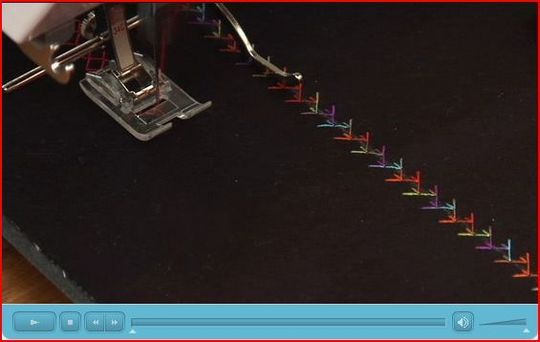


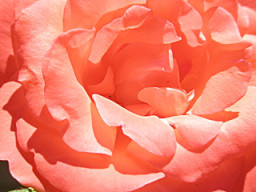
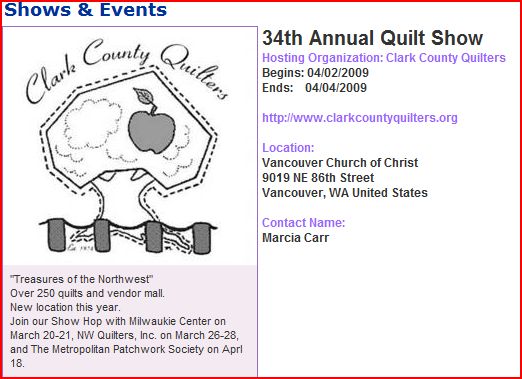
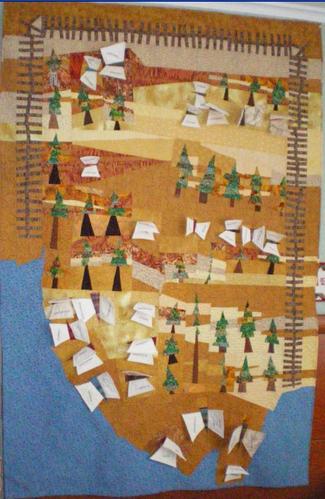
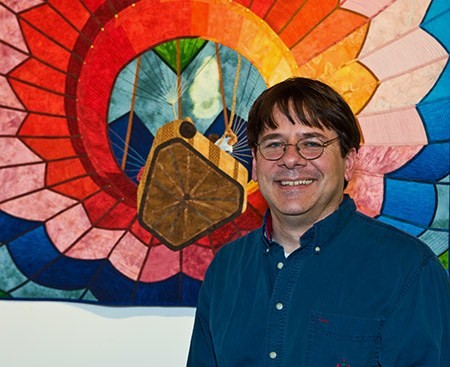
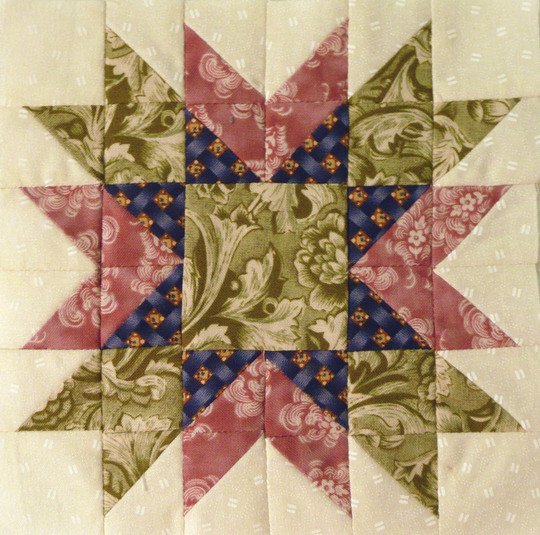
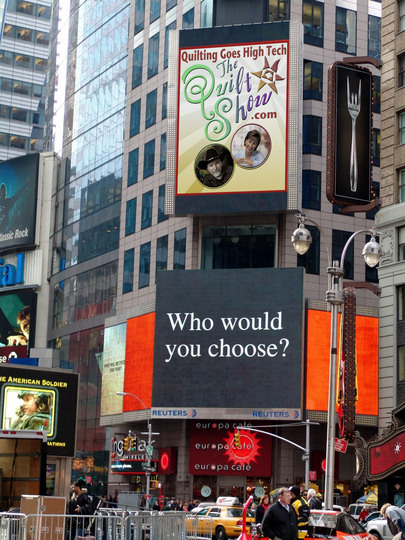 TQS is coming to New York in April and the New York visitors Bureau found out. It turns out that the person in charge of the Big Screen on Times Square is a TQS fan and flashed the news to New York that TQS was on it's way to the Big Apple.
TQS is coming to New York in April and the New York visitors Bureau found out. It turns out that the person in charge of the Big Screen on Times Square is a TQS fan and flashed the news to New York that TQS was on it's way to the Big Apple.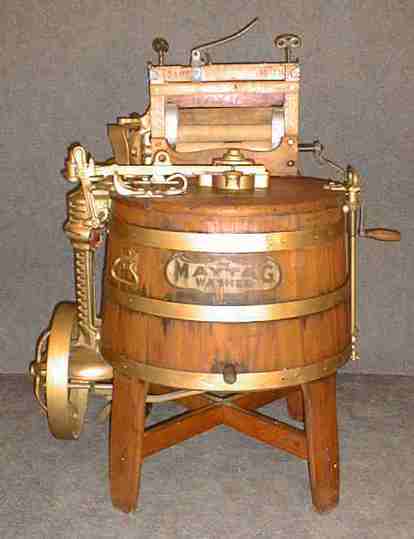




.jpg)


